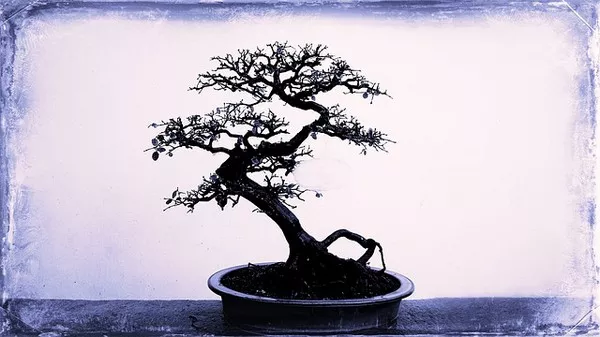Bonsai, the ancient art of cultivating miniature trees, has captivated enthusiasts for centuries. Originating in China and refined by the Japanese, bonsai is more than just gardening; it’s an expression of patience, skill, and harmony with nature. Growing a bonsai tree is a rewarding journey that requires dedication, attention to detail, and a deep understanding of horticulture principles. In this comprehensive guide, we’ll explore the essential steps and techniques to help you successfully grow your own bonsai tree.
Understanding Bonsai Basics
Before diving into the intricacies of bonsai cultivation, it’s essential to grasp the fundamental principles of this art form. Bonsai trees are not genetically dwarfed; instead, they are carefully pruned, trained, and nurtured to maintain their small size while mimicking the appearance of full-sized trees found in nature. Key elements of bonsai cultivation include:
1. Selection of Tree Species: While virtually any tree or shrub can be trained into a bonsai, some species are more popular due to their suitability for miniature cultivation. Common bonsai species include juniper, pine, maple, elm, and ficus. Choose a species that is well-suited to your climate and environment.
2. Container Selection: Bonsai trees are typically grown in shallow containers, known as bonsai pots or trays. These containers should have adequate drainage holes to prevent waterlogging and allow for proper aeration of the roots.
3. Pruning and Training: Pruning is a fundamental aspect of bonsai cultivation, allowing you to shape and refine the tree’s structure. Techniques such as wiring, trimming, and pinching are used to guide the growth of branches and foliage, creating the desired aesthetic.
4. Watering and Feeding: Proper watering and fertilization are crucial for the health and vitality of your bonsai tree. Consistent watering is essential, ensuring that the soil remains evenly moist but not waterlogged. Additionally, regular feeding with a balanced fertilizer provides essential nutrients for growth and development.
Step-by-Step Guide to Growing Your Bonsai Tree
Now that we’ve covered the basics, let’s delve into the step-by-step process of growing your bonsai tree:
1. Choose the Right Tree: Select a healthy young tree or shrub with desirable characteristics for bonsai cultivation. Consider factors such as trunk thickness, branch structure, and overall aesthetic appeal.
2. Select a Suitable Container: Choose a bonsai pot or tray that complements the size and style of your tree. Ensure that the container has adequate drainage holes and is proportionate to the tree’s size.
3. Prepare the Soil: Bonsai trees require well-draining soil to prevent waterlogging and root rot. A typical bonsai soil mix consists of components such as akadama, pumice, and lava rock. Alternatively, you can create your own soil mix by combining components in the appropriate ratios.
4. Repotting: Repotting is necessary to prevent root binding and promote healthy root growth. Typically, bonsai trees are repotted every two to three years during the spring or early summer months. Carefully remove the tree from its container, prune the roots, and repot it in fresh soil.
5. Pruning and Training: Pruning and training are ongoing processes in bonsai cultivation, shaping the tree’s growth and maintaining its desired form. Use sharp bonsai shears to trim excess growth, wire branches into position, and pinch back new growth to encourage ramification.
6. Watering: Proper watering is critical for the health of your bonsai tree. Water thoroughly when the soil begins to dry out, ensuring that water penetrates the entire root ball. Avoid overwatering, as this can lead to root rot and other issues.
7. Fertilization: Feed your bonsai tree regularly with a balanced fertilizer during the growing season. Follow the manufacturer’s instructions for application rates and frequency, adjusting based on the tree’s specific needs.
8. Monitoring and Maintenance: Keep a close eye on your bonsai tree’s health and appearance, monitoring for signs of pests, diseases, or nutrient deficiencies. Regular maintenance tasks such as cleaning the foliage, removing weeds, and inspecting for wiring damage are essential for keeping your tree in optimal condition.
Conclusion
Growing a bonsai tree is a deeply rewarding pursuit that offers a unique blend of horticulture, artistry, and mindfulness. By following the steps outlined in this guide and dedicating yourself to the ongoing care and maintenance of your tree, you can create a living work of art that brings joy and beauty into your life for years to come. Remember, bonsai cultivation is a journey, not a destination – embrace the process, learn from your successes and failures, and enjoy the profound connection to nature that bonsai provides.


